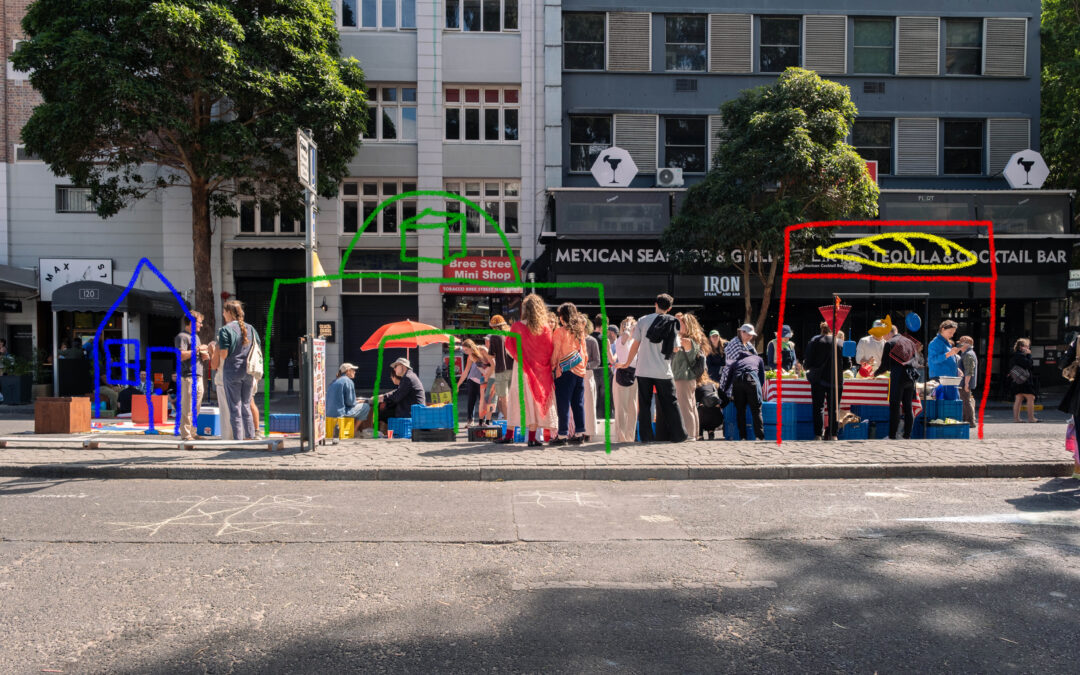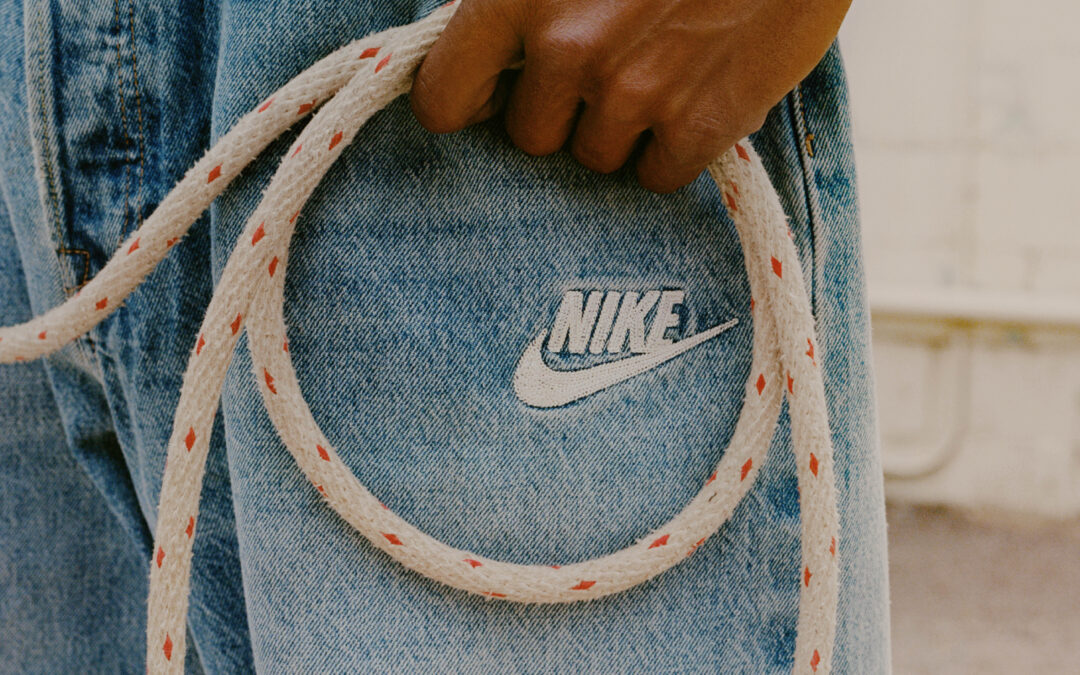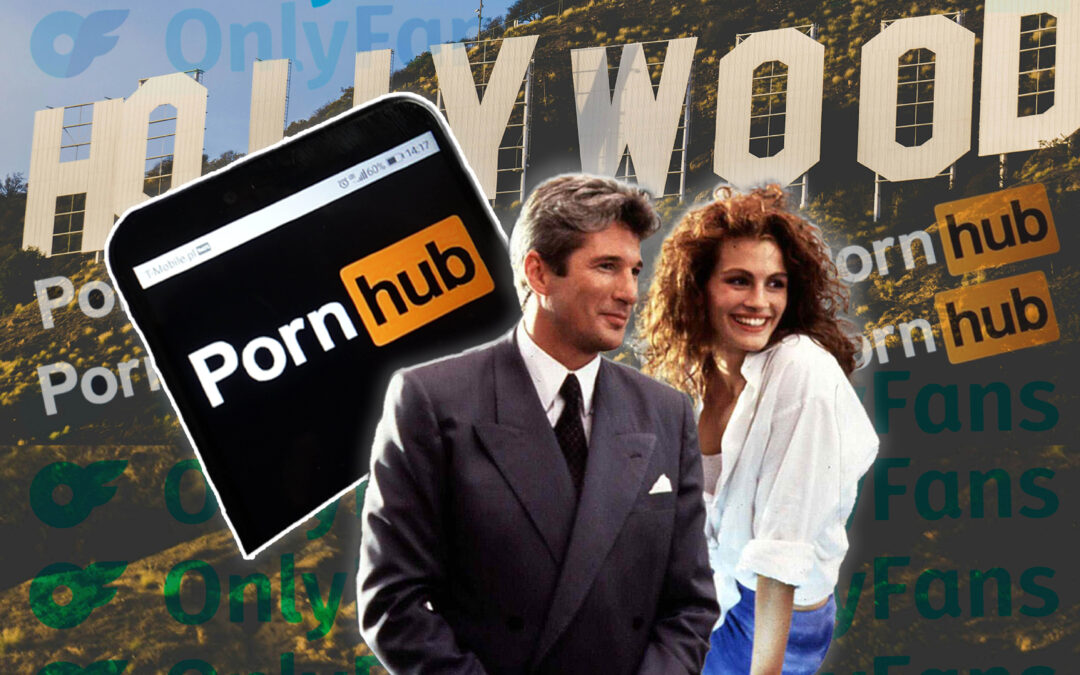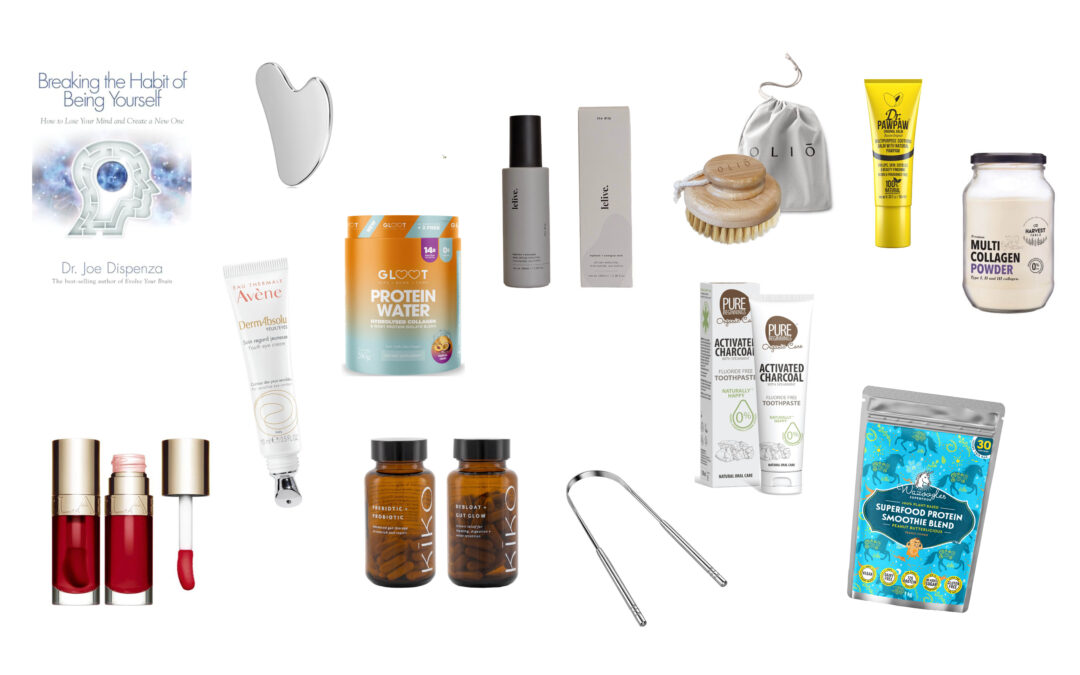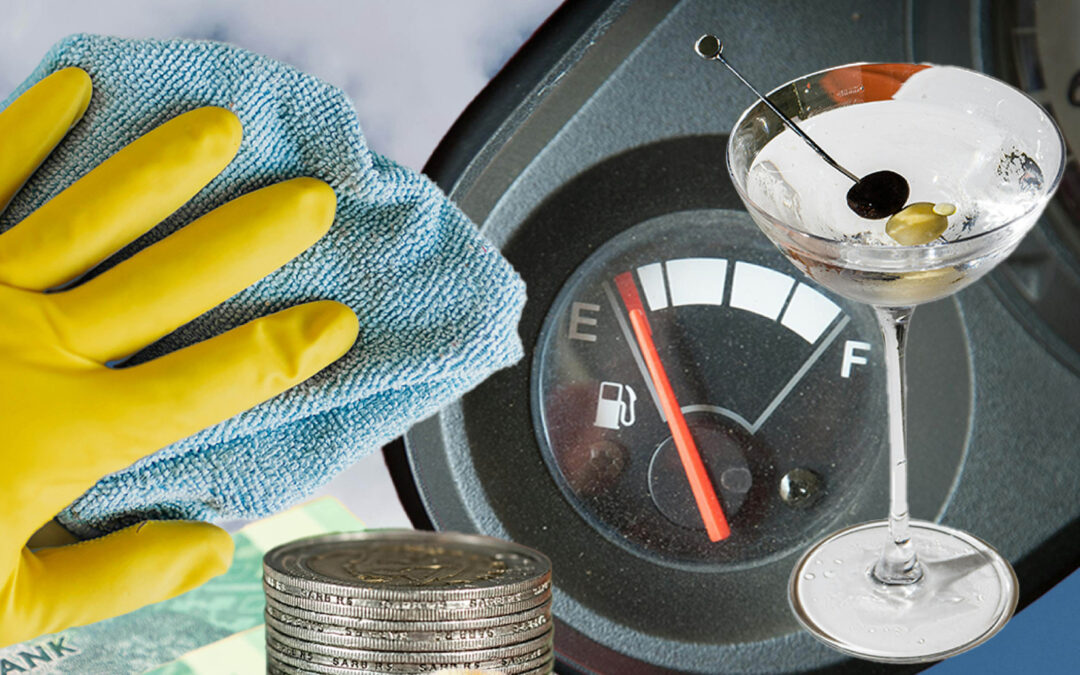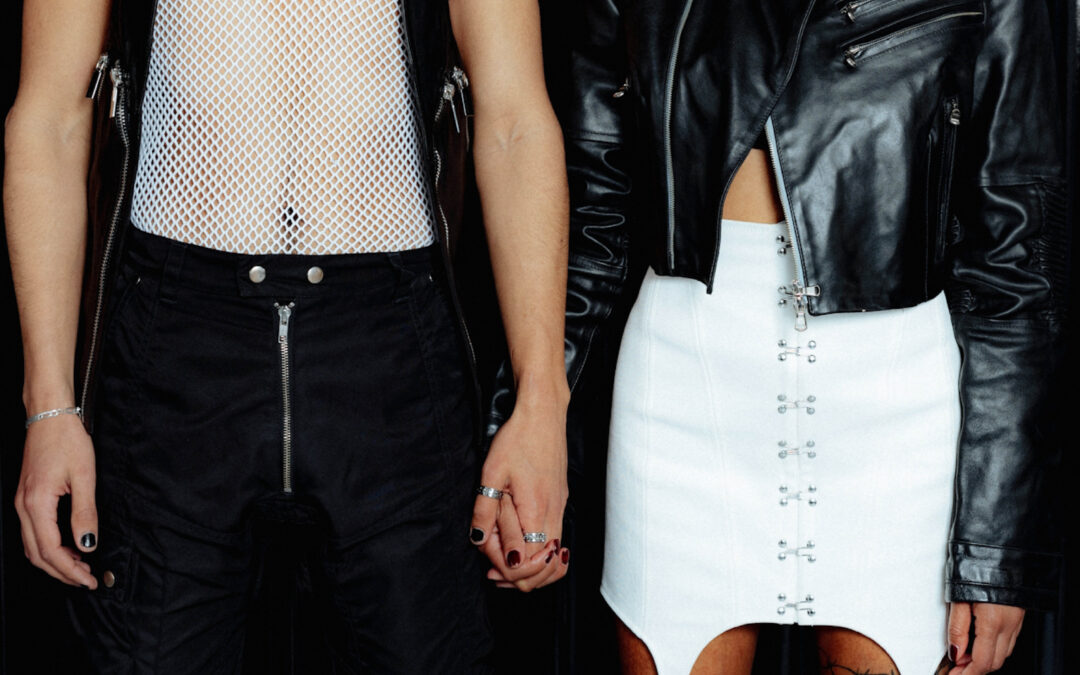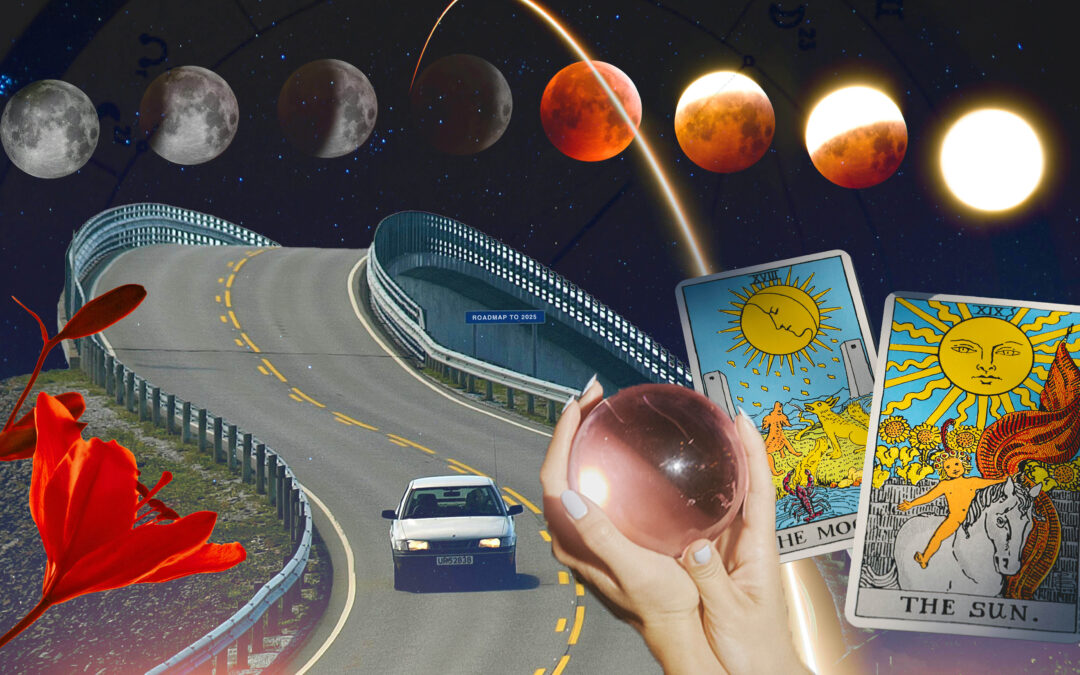I want to try a little experiment; something that will illustrate a very pressing point without me even having to put it so plainly on a page. Open up a new tab on your phone or browser and navigate your way to your most used social media platform. Whether it’s TikTok, Instagram or even a fossilised Facebook – then, I want you to scroll down and see how long it takes for a post to pop up where an individual has an affiliate link in the comments, or, they are promoting some product in the attempt of trying to “sell” you something. I’m guessing it didn’t take very long? So, what is the point I’m trying to make here? Well, simply put, whether we like it or not and whether we’re conscious of it or not, we are undoubtedly living at the height of the influencer era.
I think it’s important to distinguish here what the differences are between advertising, influencer marketing strategies and influence as a whole separate term. I’m not talking about mega advertising and endorsement deals signed by celebrities, sports stars or even reality television stars. It’s not about A-listers, B-listers or even C-listers. It’s not George Clooney for Nespresso or the ridiculous cash thrown at Super Bowl ads, it’s not even influencers with tons of followers, but rather, well, all of us. See, in a modern social media landscape where virality is at least a slight possibility on any random post we make, we become the whole market. We as individuals can have immense influence without necessarily being influencers. We can not only influence the spending, buying and sometimes behavioural habits of those around us but also consume content that has the same effect on us. God, how meta.

This trend is something marketing companies have noticed and are actively using, creating the illusion that we, as consumers, are now in a more powerful position than ever. We seek out more “authentic” and “independent” content that we amusingly trust more than content produced by the corporations themselves. It seems all we need in terms of transparency here is a little #ad added right at the end of a post. Let’s not kid ourselves, regardless of the kind of strategy, paid media, advertising, or influencer marketing, the end goal is essentially the same: buy more shit you probably don’t need.
This more “authentic” kind of strategy even reads like some inside joke on Marketing agencies’ websites, almost like they cannot believe how easy and cheap it can be to reach an absolutely massive audience. For example, one company’s information reads like this, “short, easy-to-digest clips have proven highly shareable and can be created with minimal effort by anyone with a smartphone camera and some editing software (which you can download for free).
With the rise of influencer marketing and social media influencers becoming more prolific than ever, brands are looking for new ways to reach audiences through user-generated content (UGC). UGC is any content consumers create instead of professional talent or paid advertising dollars—proliferating! More than 60% of people say they would rather watch authentic video content created by individuals than traditional brand ads.”
We’re all being influenced all the time by the sheer amount of media we consume. Whether it is the evil megacorp or the holistic guru on TikTok pushing Ashwagandha as some miracle cure, the Kardashians or that trust fund bombshell showing you their Shein haul. Whether it’s the beauty influencer that vowed that these products would clear your acne or the cooking profiles that make you think that cooking without an air fryer would be nothing short of archaic, it’s really all one and the same; and the end-goal that I mentioned, remains. And here, I’m generally only referring to buying and spending habits, but it only takes a look at doccies like The Great Hack or The Social Dilemma to see how far and how nefariously the influence of the algorithm could be stretched.
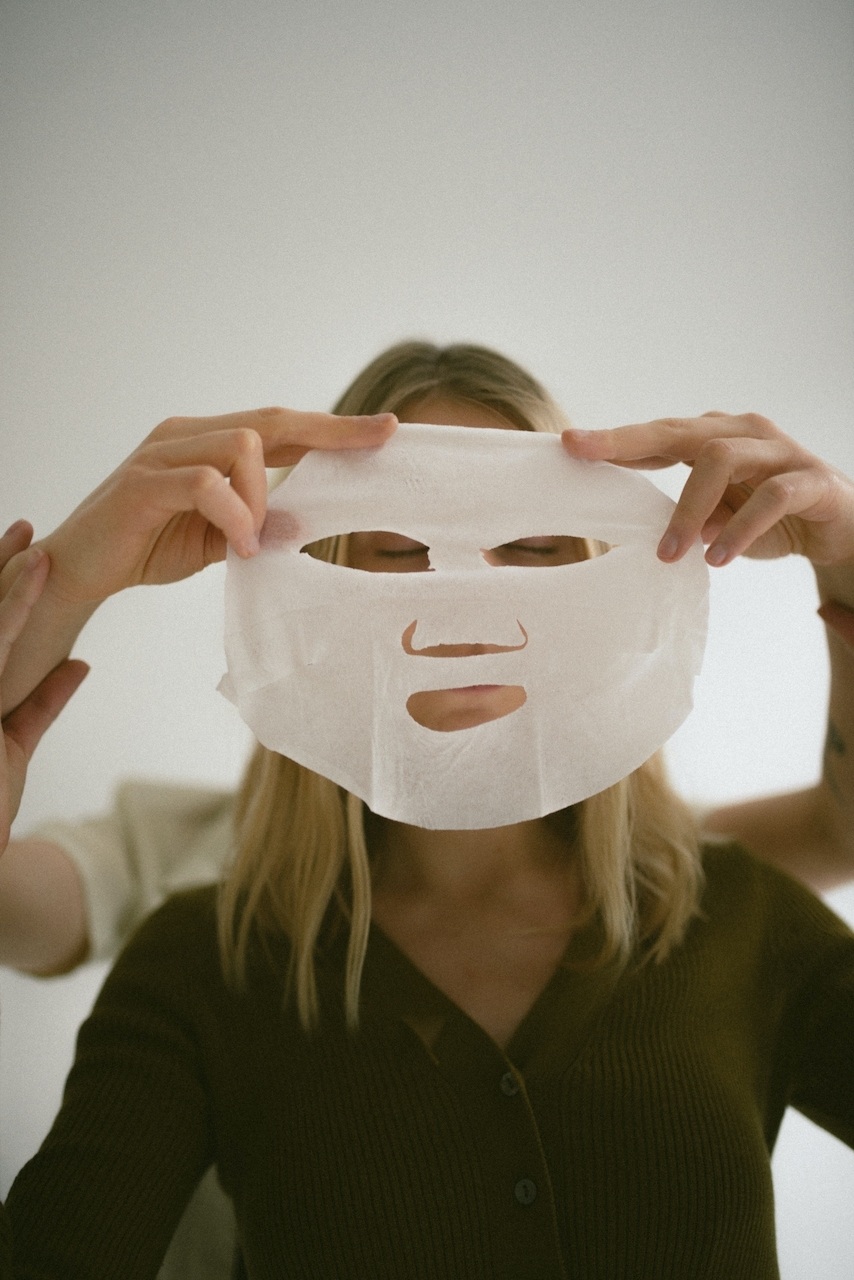
DTS, Balance by Chris Abatzis.
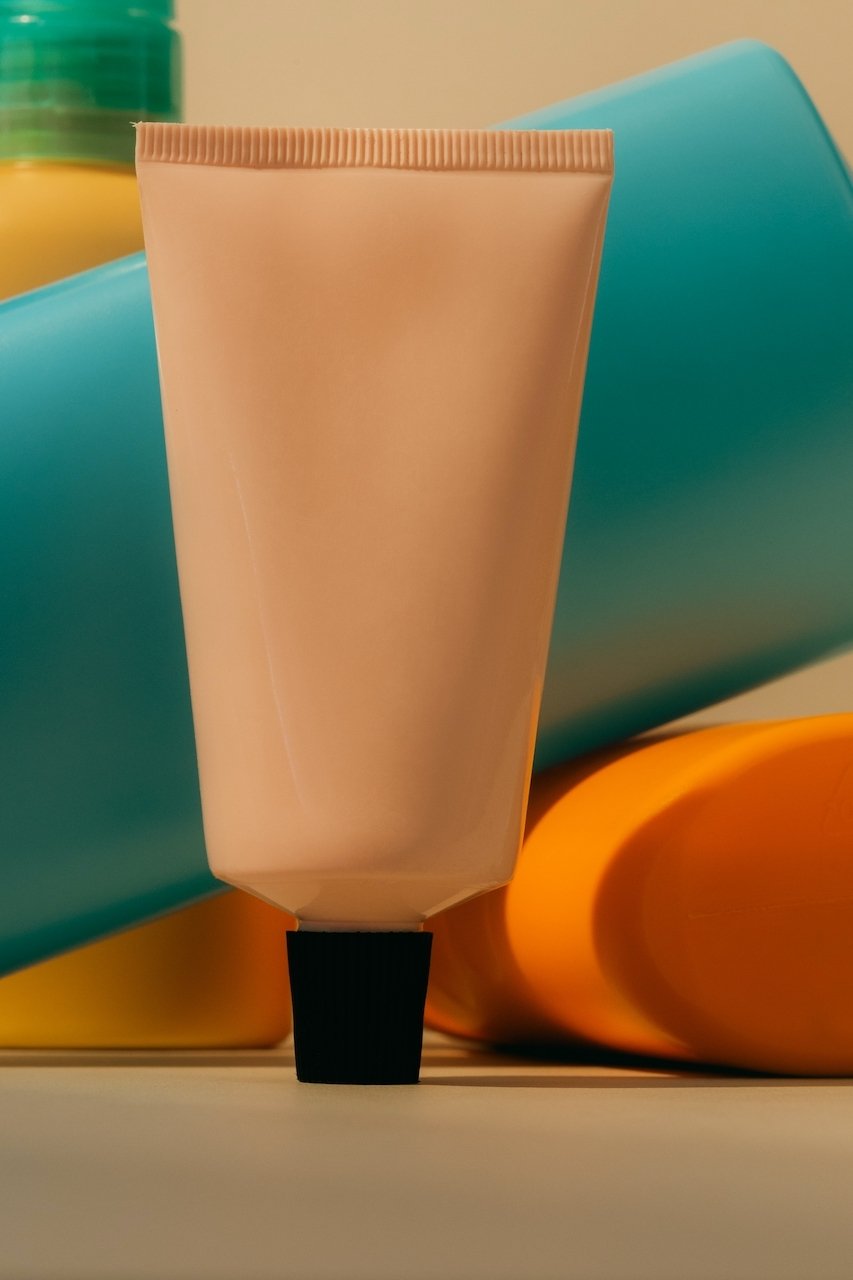
DTS, Our Summer by Daniel Farò.
So with the sheer amount of user and corporate-generated content present, what are we even meant to do? Enter de-influencing. The trend in which we are told that we don’t need that expensive skincare product, that ridiculous on-the-go fruit-blender or those new pair of sneakers that seemed to pop up on every single video out of nowhere one day. Now in a world saturated with influencers and the constant barrage of paid-for (at least in part, content), it was only a matter of time before a phenomenon like de-influencing arose. Samatha Colliers even goes as far as to distinguish between different kinds of de-influencing. She lists five basic approaches – Buy less, Buy better, Buy cheaper, Don’t buy this and Debunking the hype. This may be good, and I think in parts, de-influencing can be beneficial, particularly amid a cost of living crisis, as we recently discussed. But don’t get it twisted either, de-influencing is a huge trend. In February, The Guardian stated that the hashtag alone had more than 159.6m views and that, according to Jago Sherman, head of strategy at the social media marketing agency Goat, the trend really fed off our disdain for being told we need this or that when basic needs have become increasingly unaffordable. “We’ve reached a point of critical mass when it comes to consumerism,” he said. “People are kind of fed up with going on social media and being told: ‘You need this and this’, especially with the cost of living.”
However, I want us all to take this trend with a massive pinch of salt. As Colliers, amongst others, mentions, “The trend may alarm businesses investing in influencer marketing, but it’s not that dramatic. De-influencing is not the end of influencers. It’s more of a rebrand. De-influencers still drive purchase decisions. When they recommend against buying a product, influencers often promote alternatives as more effective or a better value.”
The irony is that it’s not a trend to criticise consumerism, but rather a trend that tries to shape and frame our consumerist habits in a slightly different way that makes us feel less guilty – with “You don’t need Skims, but here is some alternative shapewear that you most certainly do, be sure to follow the link in my bio.” being the kind of rhetoric one can find under the #de-influencing hashtag.


DTS, NOWSTALGIA by Debora Spanhol.
In a material world in which our needs and desires are driven by external objects, we will probably never get to a place where we truly only purchase exactly what we need. I am another cog in this consumerist machine ordering imported Korean skincare products off Takealot in the hope that my acne will finally go away, even though it probably won’t. Like all of us, a bit of retail therapy shoots a burst of short-lived serotonin through my skull and leaves me with shit I don’t need and will most likely throw away with my next spring clean.
So maybe de-influencing is just another marketing scheme, but I don’t know if I necessarily blame creators for securing the bag. Maybe there’s a question of ethics to be raised here, but who are we kidding? The world of social media never has and never will be some ethical utopia. With content and influencer culture growing ever more ingrained into our everyday lives, I would much rather see someone showing me some cheaper or more ethically produced versions of a product than see another video of a military e-girl trying to get Gen-z to join the army or spreading propaganda (and yes this is somehow a real thing).
Written by: Casey Delport
For more news, visit the Connect Everything Collective homepage www.ceconline.co.za


